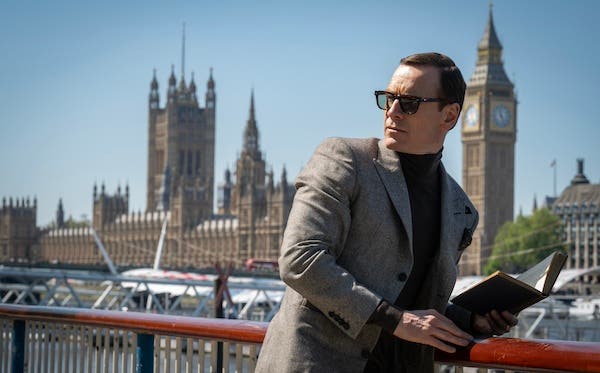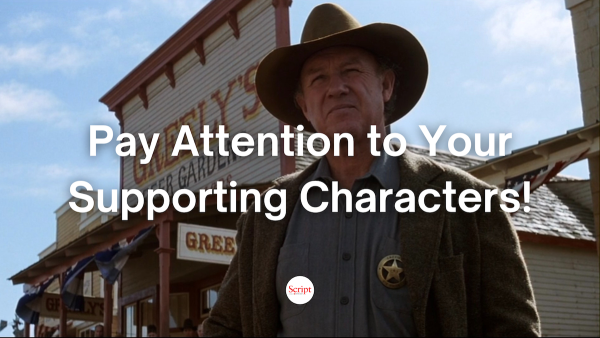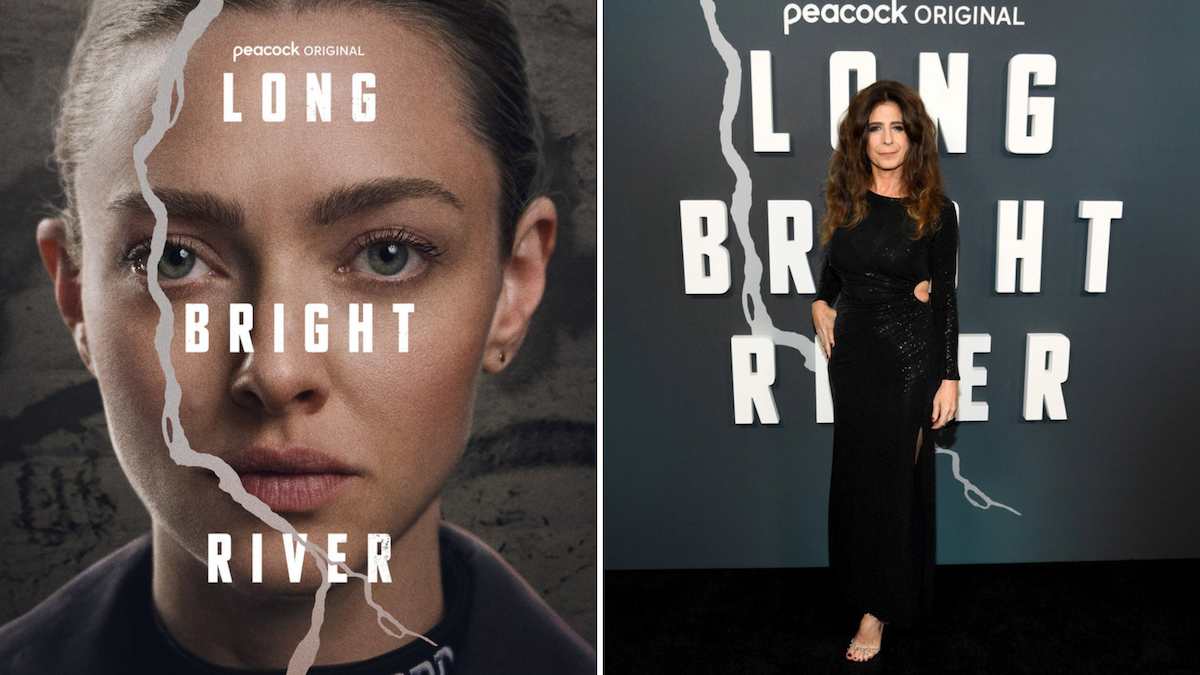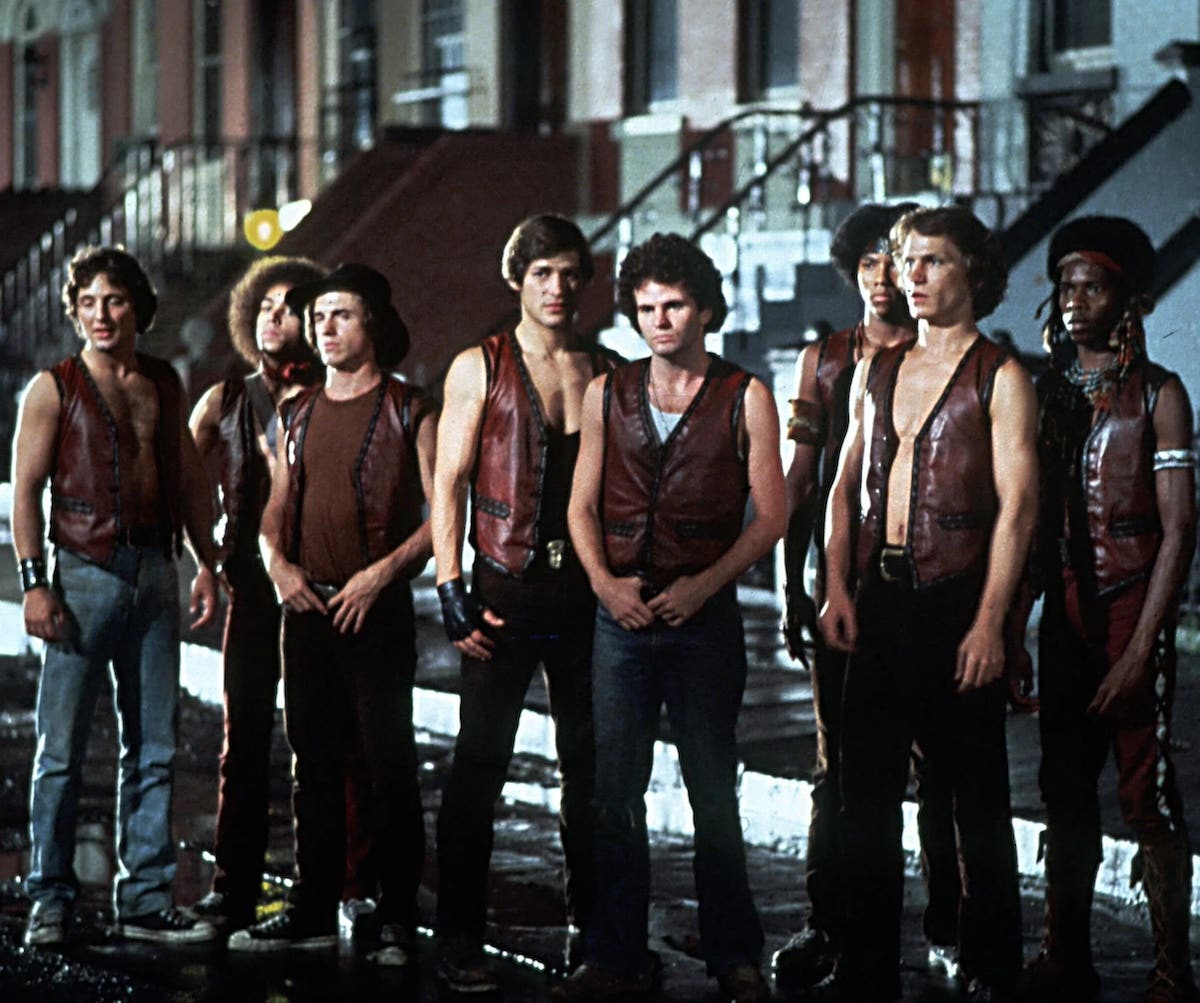ARGO’s Effective Use of Creative License
Having adapted a number of true stories for the screen, I found myself wondering, as I watched Argo, which moments might have been created for the movie. I guess I’m…
Having adapted a number of true stories for the screen, I found myself wondering, as I watched Argo, which moments might have been created for the movie.
I guess I’m something of an apologist for Hollywood, in that I see a need to do more fictionalizing and authorial shaping of history than aspiring screenwriters usually tend to do (or lay people tend to understand).
I have found this necessary – to give true events the kind of coherent and compelling emotional build for an audience that “real life” rarely provides. In my view, audiences tend to need us writers to do this, if they are going to be as invested, engaged, and yes, entertained, as we would like them to be.
Of course, you can never tell “only truth,” in that it’s impossible to know what people actually said and did, at the microscopic level necessary for a screenplay.
But it’s also usually necessary to do significant shaping of the material as an author, if you want to grab and hold viewers. Especially when you consider they’re not showing up to see a documentary. They want to get caught up in the emotions as if they are there, experiencing the events themselves.
I’d have to say Argo did a stellar job at this – at least for me. The tension in my body for the entire second half of the film, while not exactly a “pleasant” sensation, was evidence of how drawn in I was.
And if some of this was due to them “milking” the possibilities of just how tense things might have gotten for this CIA agent and six fugitive American embassy workers trying to get out of Iran, I can forgive it.
I also wish to point out how effectively this movie, like virtually all successful ones, adheres to the key screenwriting principles in Blake Snyder’s Save the Cat books.
First, its basic concept fits clearly and squarely within one of the ten “genres”. To me, this is a classic “Golden Fleece,” where a “team” travels down a long “road” toward an extremely valuable “prize.” In a Fleece, it’s key that the prize be hugely life-changing. It’s an outer challenge (not just an “inner journey”) that will change people’s lives forever for the better if they reach it. And ideally, their lives will be much worse off if they don’t. Boy, does this movie pass that test!
Secondly, it fits most elements of the Save the Cat “beat sheet” (and classic three-act structure, in general).
SPOILER ALERT!
I was not at all surprised to notice that the huge “stakes raiser” of Ben Affleck arriving in Tehran and meeting the six “houseguests” came precisely at the Midpoint. This is where the stakes are supposed to be raised. And they certainly were, as they are terrified by his plan – and the audience feels more than ever the risk and urgency of it about to happen.
It’s after this point where some of the more egregious deviations from “what really happened” occur –in order to pump up the last third of the movie.
From my quick web research, I learned that they did not make a tense day-before-leaving trip to a crowded bazaar. And the mission was not called off at the eleventh hour, forcing an “All is Lost” moment. (Followed by a “Dark Night of the Soul”, after which Ben’s character decides to do the mission anyway – a clear “Break into Three.”)
Their reservations were not canceled by the U.S. government, forcing a tense moment at the ticket counter (and a scramble by Ben’s boss to reverse this problem). And they did not face scary scrutiny just before boarding the plane.
There was no call to Hollywood to confirm their cover story (and no producer, as played by Alan Arkin, helping with that). And their was no mad chase of the plane by ground vehicles as it started to take off.
As a somewhat experienced hand at this, I sensed while watching all this that some of this was probably made up. But it didn’t hurt my enjoyment at all.
Instead, I understood the need for it. I believe that for a mass audience to feel what those seven people probably felt during this operation, those emotions needed to be externalized with such climactic events that we could experience with them.
And isn’t that a big part of the goal, with a film like this?
Yes, movies sometimes go too far with this sort of thing. And often the people involved (or experts in the subject) will be shocked by how different, or exaggerated, the movie version is.
But at the same time, the “more true” version might fall completely flat with audiences, and only please that tiny few.
It’s always a balancing act. But judging by the critical and audience reaction the movie has garnered, I’d say Argo would not be a bad model to follow...
What do you think?
Does hearing about “inaccuracies” (intentional or not) ruin it for you?
Or are you inspired to take such creative liberties with a true story of your own?
Related Articles:
- Don't Withhold; Reveal and Complicate
- Balls of Steel: Advice on Adapting a Book
- Balls of Steel: The Road to Sundance
Tools to Help:
Erik Bork won two Emmy Awards and two Golden Globe Awards for his work as a writer-producer on the HBO miniseries Band of Brothers and From the Earth to the Moon, working with executive producer Tom Hanks (and Steven Spielberg, on Band of Brothers). Erik has sold original series pitches to the broadcast networks, worked on the writing staff of primetime drama series, and written feature screenplays for Universal, HBO, TNT, and Playtone. He teaches for UCLA Extension’s Writers’ Program, and National University’s MFA Program in Professional Screenwriting, and has also been called one of the “Top Ten Most Influential Screenwriting Bloggers” for his “Flying Wrestler” site. His 2018 book THE IDEA: The Seven Elements of a Viable Story for Screen, Stage, or Fiction has become a multi-category Amazon best-seller. Twitter: @flyingwrestler







